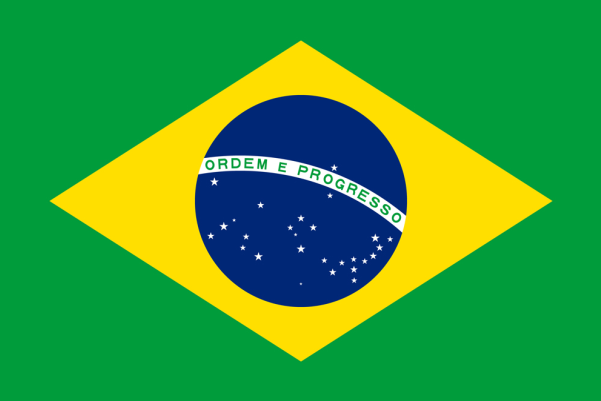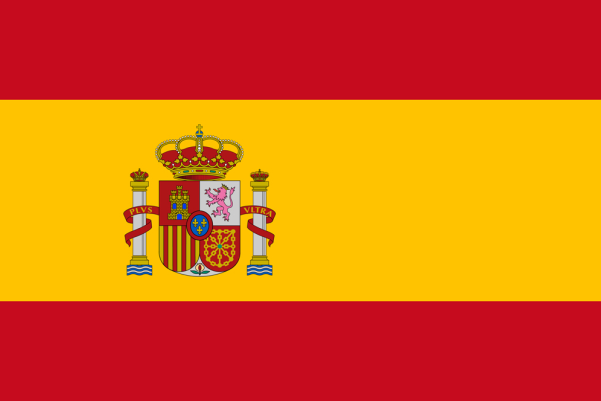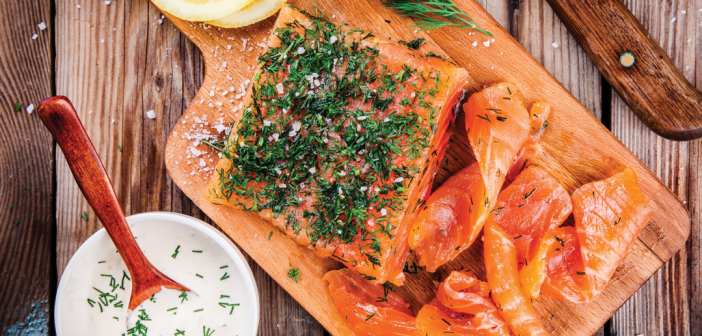Curing is the oldest way of preserving food.
Salt helps prolong the validity and freshness of meats, fish and vegetables, a practice very common in Brazil (dried meats) and Portugal (cod). Some processes may vary, but the common denominator is always salt.
Here, I also use cachaça and sugar. This recipe most closely resembles what is known as Gravlax – a Scandinavian salmon that is cured in sugar and salt, and then served with dill. It’s delicious and super-easy to make. The only drawback is that it takes 48 hours to prepare, but it’s always great to have ready-to-eat salmon in the fridge: you can pick away at it little by little, eat it with toast, with a salad, in a sandwich or even on its own, with a nice glass of white wine. The more salt you use, the drier the fish becomes. I tend to use the minimum required to effectively cure the salmon as I like it best when it’s still semi-raw inside. For this recipe, I often use ingredients that are not strictly of Scandinavian origin because – having done it a million times now – I have finally discovered which flavours work best and ultimately accentuate the taste of the salmon.
The quality of the salmon is essential: it must be fresh and, if possible, a wild filet – the taste is far superior to farmed salmon.
With a quality salmon, you’ll have a fantastic appetiser ready on hand to serve to any visitors that stop by – it lasts for up to a week in the fridge. The most satisfying thing of all though is being able to tell your guests that you yourself cured it – they’re bound to be impressed!
Ingredients
1 kg of filleted wild salmon (with skin)
150g salt
150g sugar
80g cumin
150ml cachaça
100ml soy sauce
5 grated beetroot
4 tablespoons of fennel seeds
1 dill sprig
2 lemons
Preparation
Rub the salt and sugar all over the salmon. Put the other ingredients into a bowl – the beetroot should be grated and the dill chopped, or at least have their stems removed by hand.
Place the ingredients into a plastic bag along with the salmon, to ensure that they marinate thoroughly. Seal the bag and place it in a baking dish – skin down in the fridge for 12 hours. After 12 hours turn it over and leave for another 12 hours. Once the 24 hours are up, carefully remove the excess ingredients from the salmon with a paper towel, trying to leave the fish as dry as possible. Place the salmon in a baking dish so that all the liquids run. Leave uncovered in the fridge for a further 24 hours. Remove and place on a board and slice finely. Serve with dill.
You can find more recipes and information by visiting:
www.instagram.com/lucianaberry
www.twitter.com/brazilianchefuk

















